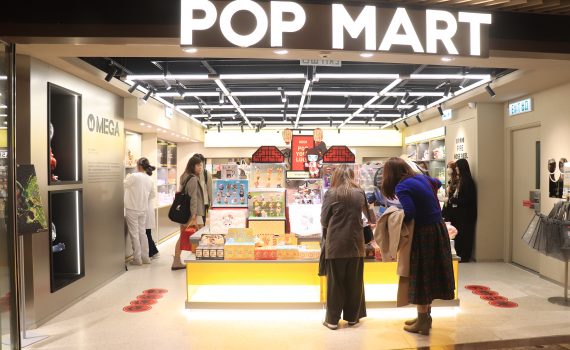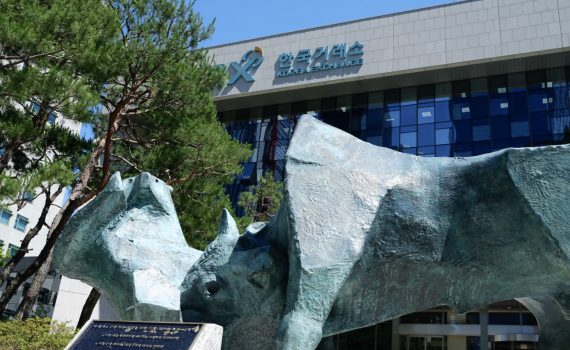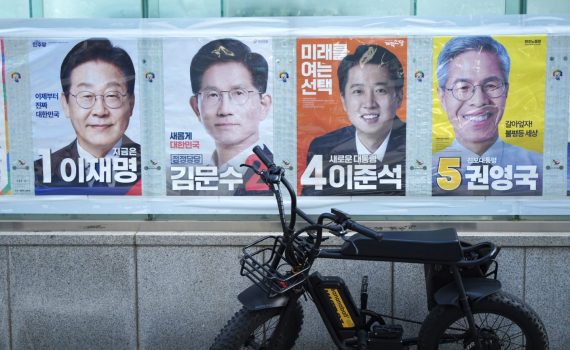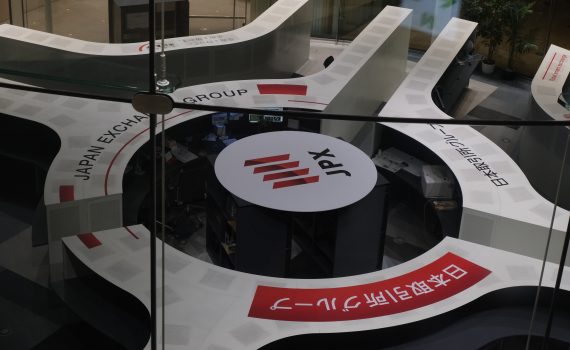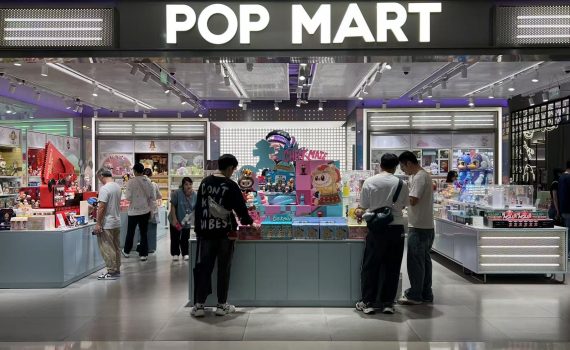Business
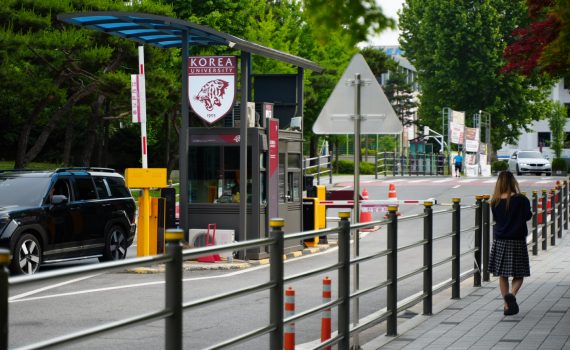
South Korea Presidential Election 2025: Students Embrace AI's Future Potential While Questioning Candidates' Preparedness for Tech Leadership
- 2025-06-03
- Politics
- By: Wang YunqiEdited by: BO Chuxuan
- 2025-06-03
Young voters in South Korea expressed different views on increasing funding for AI development, as some presidential candidates have mentioned AI in their speeches, amid the country's rising financial input for technology research and development. “I think it’s kind of a waste of money because we already have technologies like GPT, and China has DeepSeek. Developing AI requires a lot of information and money,” said Kim Jun Young, an English Education student at Korea University. “Still, we don’t really have sufficient resources to compete on the same level,” she added. Park (assume name), 26, majored in computer science, has also expressed doubts about the practicality and feasibility of AI policies proposed by different candidates. “ I’m doubtful whether they can achieve meaningful advancements in this field,” he said, adding that he thinks many candidates do not understand AI much. South Korea recently increased the research and development budget for 2025 by 16.1 percent year-on-year to a record high of KRW 24.8 trillion (HK$ 141.4 billion) with a focus on cutting-edge technologies such as artificial intelligence (AI), biotechnology, and quantum technology. The ambitious investment aims to position South Korea as a global leader in these fields. Lee Jae-myung, the presidential candidate of the Democratic Party, who leads the poll, has identified AI, renewable energy, and the cultural industries as essential tools for addressing South Korea’s economic challenges meanwhile Kim Moon-soo, first runner-up in the poll, from the conservative People Power Party, promote himself by creating a joint fund to boost AI development. Meanwhile, Lee Jun-seok, the youngest candidate among all, representing the Reform New Party, emphasises the importance of data freedom in AI development and highlights the role of Large Language Models (LLMs) in advancing the industry. AI has become a core driving force for national development, with applications spanning industries …
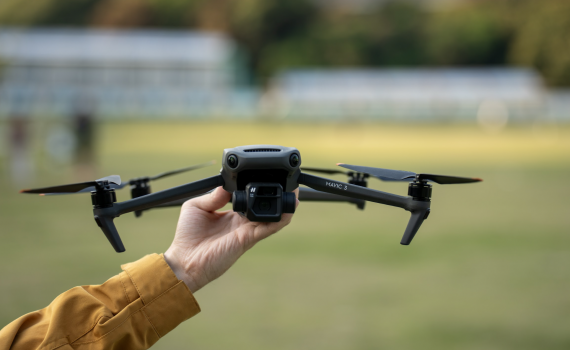
Hong Kong’s Low-Altitude Economy departs amid challenges
- 2025-04-25
- Business
- The Young Reporter
- By: ZHAO Runtong、Yichun Fang、WANG RuoshuiEdited by: XIA Fan、BO Chuxuan
- 2025-04-25
Remark: This news story is part of our experimental project using AI technology to transform the financial journalism practicum. However, all content has been reviewed by humans (our student journalist team) to maintain our high standards of accuracy and fairness before publication. Details about our AI usage can be found in our 'Making of' article. Reflecting on their impressive experiences, Tiffany Wong, project director at Hong Kong-based drone performance company OWOWWW, recalled a major event in late 2023. Their team orchestrated a dazzling display featuring 1,000 units for a luxury brand’s fashion showcase at the Cultural Centre Plaza—a first for the city at that scale and spent only ten days preceding the flying approval. Wong explained that while drone flight approvals were initially challenging due to regulatory uncertainty, the process has become more efficient, reflecting growing recognition of the low-altitude economy. Low-altitude economy(LAE), referring “to economic activities in airspace below 1,000 metres, presents a wide array of application scenarios including rescue, surveys and delivery of goods and passengers,” according to the paper prepared by the Legislative Council Secretariat for discussion last year. In the 2024 Policy Address, in order to “unlock the low-altitude airspace as a new production factor”, the government set up a Low-altitude Economy Development Working Group led by the Deputy Secretary of Finance, and the group soon announced the establishment of the LAE Regulatory Sandbox, a safe zone for trial LAE concepts before full implementation, last November. This year, on Mar. 20th, 2025, the first batch of the Sandbox including 38 pilot projects were announced and launched, covering emergency rescue, logistics, inspection, surveillance and low-altitude infrastructure, which will conduct scenario simulations through implementation to collect data and experience. Having successfully organised nine drone shows last year with a record of nearly 1,000 drones per show, OWOWWW supported …

New Gold Zone at 2025 International Jewellery Show boosts Hong Kong’s position as trading hub
- 2025-03-04
- Business
- By: Yichun FangEdited by: WANG Ruoshui、XIA Fan、BO Chuxuan
- 2025-03-04
The 41st Hong Kong International Jewellery Show kicking off on Tuesday, debuts the Gold Jewellery Zone at the Convention and Exhibition Centre, with international gold exhibitors drawn in. The Hong Kong Trade Development Council (HKTDC) describes this new addition as a showcase for novel gold jewellery design, part of efforts to strengthen the city’s position as a global hub for gold jewellery trade. Organised by the HKTDC, the Jewellery Show will run from 4 to 8 March, showcasing new product trends including affordable luxury jewellery, men's and unisex jewellery, sustainable development and jewellery technology. “Hong Kong is actively accessing both the technical support of mainland China and the international market, so I hold a strong belief that the gold market here will become increasingly prosperous,” said Winston Chow, director & deputy general manager of Chow Sang Sang Holdings International Ltd. HKTDC said that Hong Kong is leading in the gold product sector. Currently, manufacturers are conducting high value-added processes in Hong Kong, while shifting manufacturing activities to mainland China. Atticus Zhu, the founder of Shenzhen Shangpin Gold Jewellery company exhibiting in the gold jewellery area, said that the consumers of the Hong Kong gold market accept the premium of labor cost on design to a greater extent than mainland Chinese customers, who are relatively more sensitive to the gold price. “Hong Kong is the global hub for gold jewellery trade, providing a springboard to tap into various international markets,” he added. “For example, through Hong Kong, we reached out to the Malaysia market, a country with a 20% overseas Chinese population and has one of the most receptive markets for gold today. ” The gold price rose more than 25% in 2024, the most significant annual gain in 14 years, as regional wars and political changes continued the uncertainty among …

